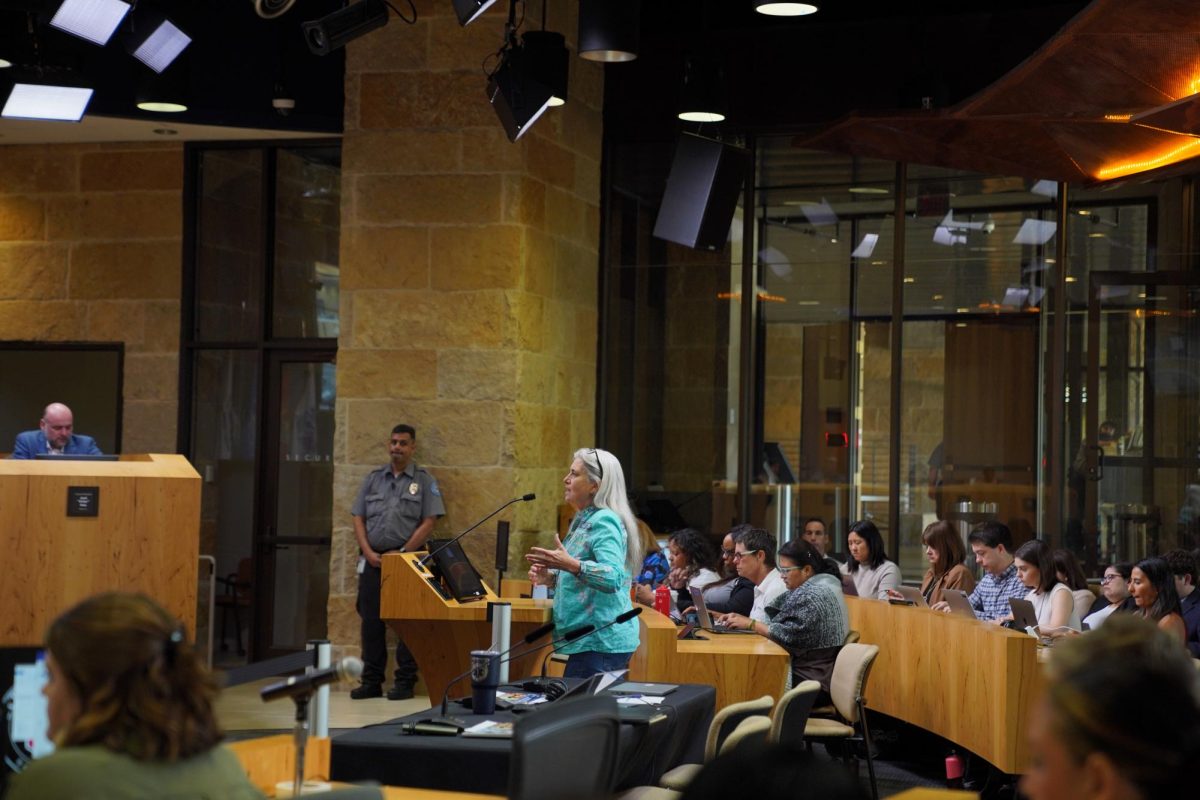Austin-Travis Country Emergency Medical Services (ATCEMS) continues to struggle with increasing turnover for medical personnel, according to Anthony Marquardt, president of the Austin/Travis County EMS Employee Association (ATCEMSEA).
The shortage of emergency medical technicians (EMT) and paramedics pressures them to work a substantial amount of overtime, according to Captain Darren Noak, deputy public information officer of the ATCEMS.
“We do not have an option to shut down a truck with any personnel shortage.” Noak said. “The existing employees have to fill in the places to maintain our level of service.”
The use of emergency staffing procedures, designed for medical crisis situations, to fill empty shifts is a large reason why EMTs and paramedics choose to leave their jobs, according to Marquardt.
“On top of the normal 48-hour schedule and the 24-hour on-call list medics are required to be on twice a month, they are also being told to work additional hours without notice,” Marquardt said. “So right now, it is ordinary for our medics who are off duty to be ordered back to work. This drives poor morale.”
Additionally, modified staffing procedures, implemented by ATCEMS in 2012, hold back certified paramedics from practicing the medical skills they have been trained in, Marquardt said.
Whereas EMTs complete a 6-month course in order to be certified for their duties, paramedics earn the equivalent of an associate degree for their state and national certifications.
Under the modified staffing procedures, newly hired paramedics need to earn two years of tenure as EMTs before they are cleared to work as full paramedics.
“Out of the Austin Community College EMS program, which used to be one of our main avenues for attracting new employees, the paramedic class does not want to work for Austin-Travis County EMS, because they didn’t train to be EMTs — they trained to be paramedics,” Marquardt said.
The EMT-certified members of the student organization Longhorn EMS have also not sought employment at ATCEMS, according to biochemistry senior Elizabeth Adams, the group’s external director.
In early August, the ATCEMS recruited 42 cadets to complete the training to become an EMT for the county, Noak said. The class holds the record for the number of cadets enrolled in a single class in the past 40 years, he said.
The size of this incoming academy class does not reduce the severity of the health personnel shortage that persists in Austin-Travis County’s municipal medical emergency system, according to Marquardt.
“In order to gauge the significance of the impact of this large class, we have to know if they successfully graduated the academy and elected to stay with us, because in the same year they are touting 42 students in the academy, we are looking at 36 [voluntary and involuntary job terminations] for the year — which is actually also a new record,” Marquardt said.
The Austin-Travis County EMS should collaborate with ATCEMSEA to create a better working environment, Marquardt said.
“There is a lot of opportunity for medical management to get together with ATCEMSEA and the staff to look at some of these factors,” Marquardt said. “We could reverse the trending of our separations by simply listening to our workforce."
Correction: Darren Noak, deputy public information officer of the ATCEMS, did not say that a shortage of EMTs causes them to work an unpredictable amount of overtime. In reality, that was said by Anthony Marquardt, president of the Austin/Travis County EMS Employee Association (ATCEMSEA).




















